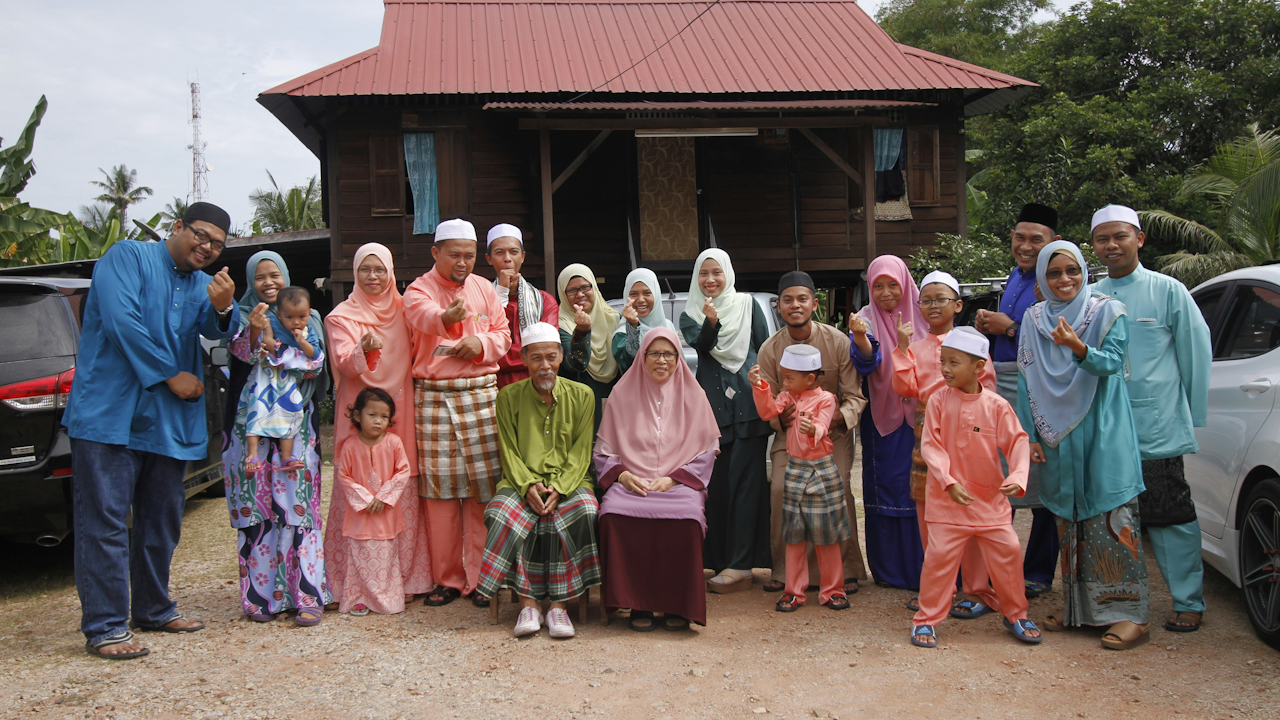Multigenerational living refers to the practice of three or more generations of a family living in the same household. This might include grandparents, parents, children, and sometimes even extended family such as aunts, uncles, or cousins. While the idea is not new, its popularity has been growing in many parts of the world, particularly in the United States, where cultural and economic changes have made it an appealing and practical choice for many families.
Historically, multigenerational households were common across cultures. Before the mid-20th century in Western societies, it was normal for grandparents to live with their adult children and help care for grandchildren. In many Asian, African, and Latin American countries, this arrangement has remained the norm due to cultural values that emphasize familial responsibility and interdependence. The rise of nuclear families in the postwar era shifted many Western households toward smaller units. However, in recent decades, economic pressures, housing costs, and a renewed appreciation for family support systems have contributed to a resurgence of families living under one roof.
One of the main drivers of this trend is financial necessity. Housing costs have risen in many areas, and wages have not always kept pace with inflation. Sharing a home allows families to pool resources, which can ease the burden of rent or mortgage payments. It can also reduce utility bills, food costs, and other household expenses. In addition, caregiving needs have increased, as aging parents may require assistance while younger parents often need help with childcare. By living together, families can share these responsibilities without the expense of hiring outside help.
Another factor is the changing family dynamic. Many people find emotional comfort and a sense of belonging when surrounded by close relatives. In a multigenerational home, grandparents can play an active role in the upbringing of grandchildren, providing guidance, wisdom, and stability. Younger generations, in turn, can offer companionship and practical support to their elders. These daily interactions can strengthen bonds between generations, create a deeper understanding of family history, and foster mutual respect.
Cultural values also influence the rise of multigenerational households. In some cultures, it is considered a duty to care for aging parents at home rather than in assisted living facilities. For immigrant families, multigenerational living can serve as a bridge between traditional customs and life in a new country. The home becomes a space where languages, traditions, and cultural practices are passed down to younger members, preserving heritage while adapting to new environments.
While there are clear benefits, living with multiple generations under one roof can also present challenges. Privacy is one of the most common concerns. A house that works well for a nuclear family may feel crowded when several adults share the space. Scheduling conflicts, noise levels, and differing household habits can create friction. For example, young adults may prefer a more relaxed lifestyle while older members might expect stricter routines. Financial disagreements can also arise, especially if household contributions are not clearly discussed and agreed upon.
Successful multigenerational living often depends on clear communication and defined boundaries. Families who thrive in this arrangement tend to set expectations early on. This might involve designating certain areas for private use, creating household rules that respect everyone’s needs, and discussing financial responsibilities openly. Some families find it helpful to renovate or adapt their homes, such as converting basements or garages into private suites, to provide each generation with its own living space.
Technology can also help make multigenerational living smoother. Shared calendars can coordinate caregiving duties, meal planning, and household chores. Video calls can connect members who are away from home, and online budgeting tools can track shared expenses. These tools help keep everyone informed and reduce misunderstandings.
The benefits of multigenerational living extend beyond the household itself. Studies have shown that children who grow up with grandparents in the home often have better emotional well-being and social skills. They are exposed to more adult role models, which can influence their values and behavior. For older adults, being part of a lively household can help prevent loneliness and depression. They may also stay physically active by participating in daily family activities.
From a societal perspective, multigenerational living can ease pressure on public services. When families take on the role of caregiving, there is less reliance on nursing homes, daycare centers, and social welfare programs. This can be particularly important in countries with aging populations, where the demand for elder care is growing rapidly.
In some regions, housing design is evolving to accommodate these arrangements. Builders are creating homes with “in-law suites” or separate living quarters for extended family members. These spaces often have their own entrances, kitchens, and bathrooms, which can provide both privacy and togetherness. Urban planners are also considering zoning laws that allow for accessory dwelling units, giving families more flexibility to live close together.
Looking ahead, it is likely that multigenerational living will continue to grow. Economic uncertainty, housing shortages, and shifting cultural attitudes are all factors that make this arrangement attractive. However, its success depends on thoughtful planning and mutual respect among household members. Families who embrace the model often find that the rewards outweigh the difficulties, and that living together can create a richer, more connected life.
Ultimately, multigenerational living is about more than just sharing space. It represents a commitment to supporting one another through life’s stages, from childhood to old age. It is a reminder that family is not only about genetics, but about shared responsibility, care, and connection. By bringing generations together under one roof, families can create environments where everyone benefits from the strengths and experiences of others. In a world where individualism often takes center stage, the multigenerational household offers a powerful example of collective resilience and unity.

